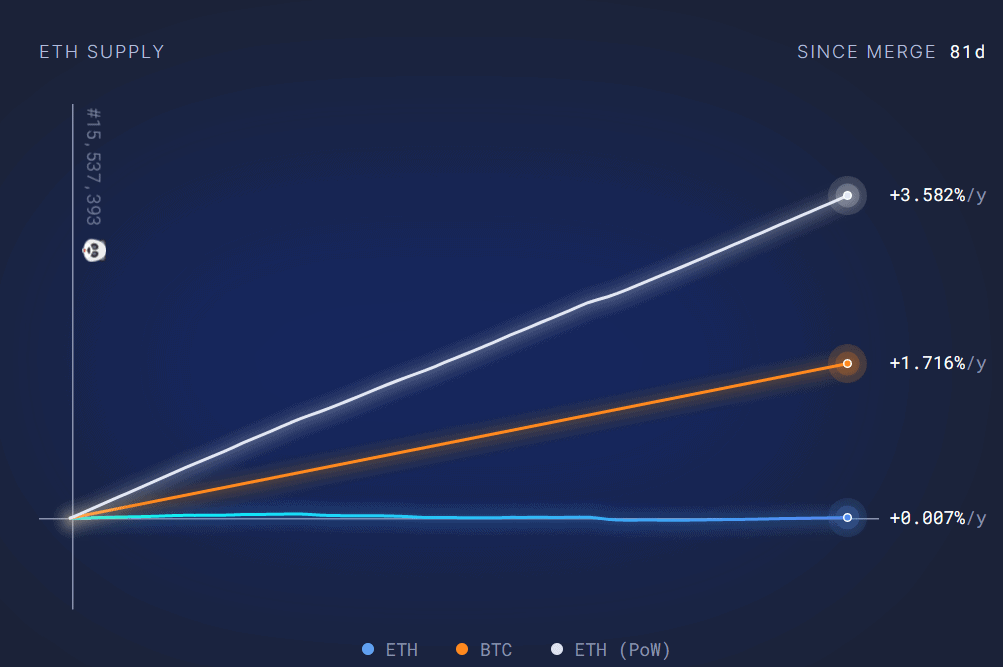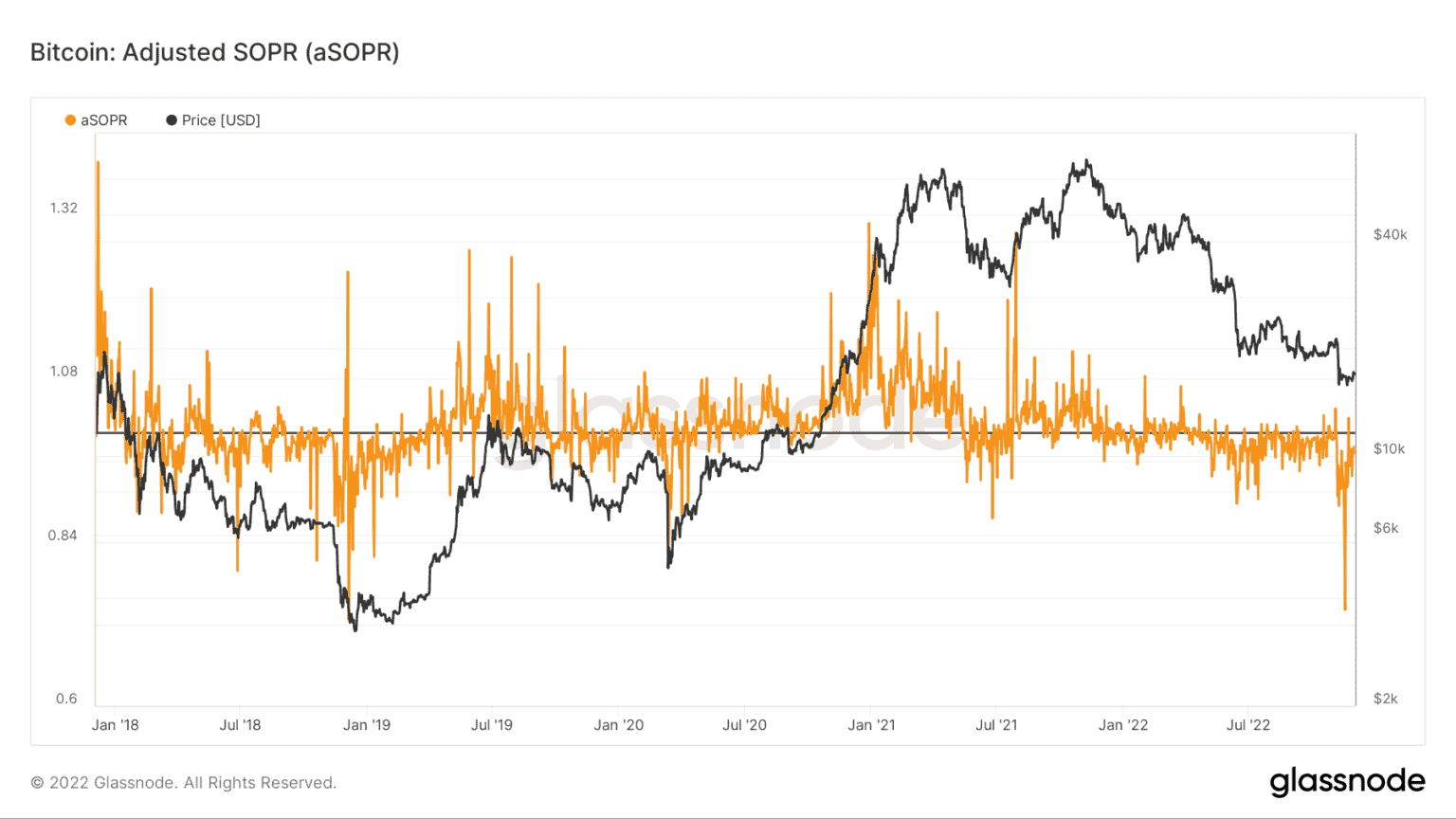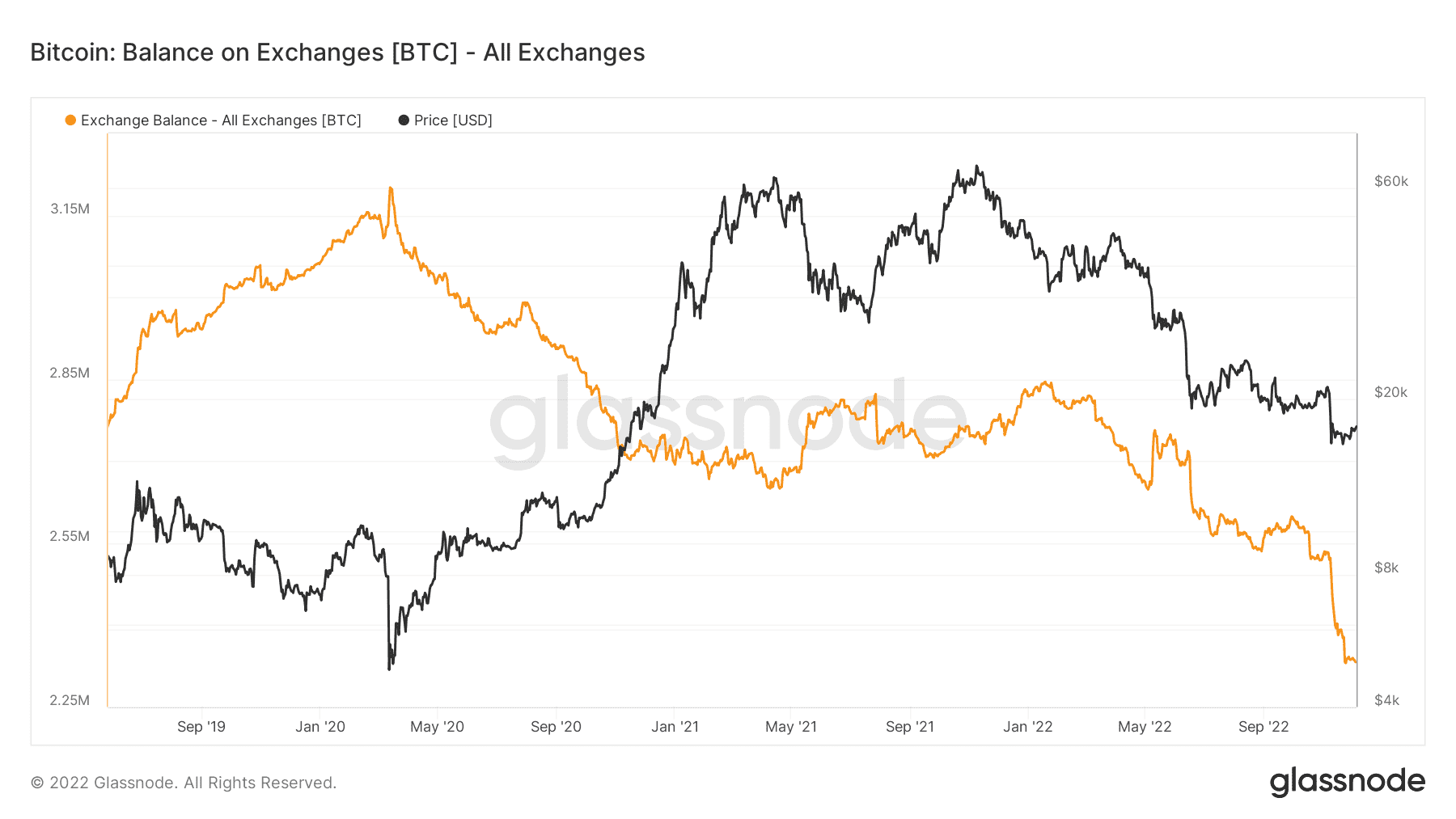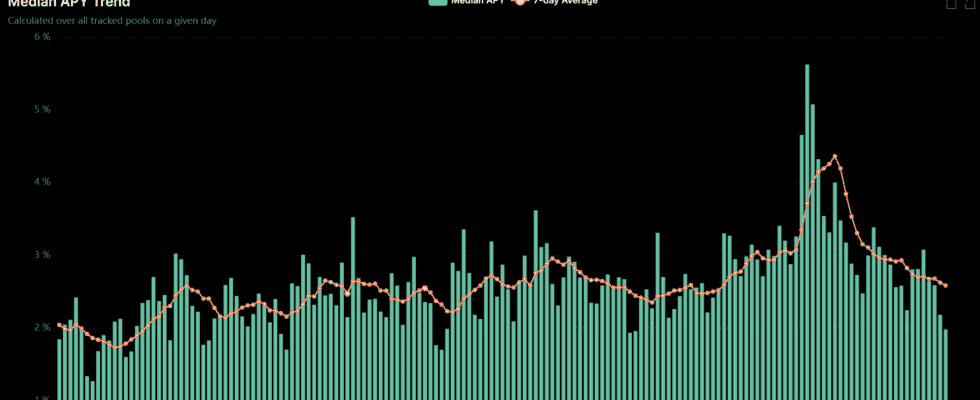The deep fall of the crypto exchange FTX could have marked the turning point of an already battered crypto market. Because a market that has been trending sideways or slightly negative for many months and has already come through various crises could now only know one direction: upwards. The following is an overview of six indicators that suggest that we have survived the worst of the bear market and that it is likely that we will see higher prices for Bitcoin and Co. in the coming months.
1. Selling pressure in the crypto market is easing
One of the main reasons we may have already seen the crypto market bottom is that most of the deleveraging phase should now be behind us. Because giant crypto companies like Three Arrows Capital, Celsius, FTX and BlockFi are all broke.
Of course, it’s hard to say whether the FTX debacle won’t drag other companies down with it. At the moment, however, it does not appear that the crypto market is threatened with another bankruptcy of a comparably large company like FTX.
While other crypto companies, such as Genesis, Grayscale and Gemini, is also struggling with liquidity problems as a result of the FTX debacle, but these do not appear to be of the same magnitude according to the latest findings. Most of the selling pressure from the current or forthcoming insolvency proceedings should therefore already be expected by investors and already priced in on the market.
2. Interest rates in the DeFi space are rising again
Unlike traditional financial markets, where interest rates on certain assets are primarily dependent on central banks’ macroeconomic interest rate conditions, interest rates in the DeFi space are primarily generated by the level of demand for crypto assets. Since the bottom of the average interest rate on crypto assets in the DeFi sector on June 9, 2022, the level of the average interest rate has been in an upward trend.
Higher DeFi yields are usually associated with higher cryptocurrency prices. Because small investors and institutions primarily take out loans in the DeFi space to obtain outside capital or to pursue yield strategies. Higher yields mean that borrowers are willing to pay a higher cost of capital, indicating better borrower capitalization overall. Additionally, rising yields on borrowing signal that borrowers are shifting to riskier investment strategies, which is overall positive for asset classes like cryptocurrencies.
read too

If this trend continues, it would be a bullish signal for the entire crypto market.
3. Smart Money Rebalances Stablecoin Assets
Another bullish indicator the Crypto analysis company Nansen indicates that institutional investors are currently shifting their stablecoin holdings. Using on-chain data, Nansen tracks the crypto allocations of professional investors. The data show that as “smart money” investors as of Nov. 9 held around 38 percent of their crypto investments in stablecoins.
Since that peak, however, that percentage has been declining. Currently, stablecoins make up only 27 percent of the portfolios of professional investors. However, it is difficult to judge whether this development is due to the fact that the smart money is currently trading its stablecoins into other crypto tokens. But the fact is that during previous crypto bull markets, the proportion of stablecoins in smart money portfolios was significantly lower.
4. Ethereum fundamentals are bullish
Unlike Bitcoin, Ethereum did not make a new price low on November 11 as a result of the FTX crash. While Bitcoin has fallen below the $16,000 mark, Ethereum has managed to hold its ground just above the low of around $1,000 reached in July despite the crash.
This is probably mainly due to the changed fundamentals of Ethereum. As a result of the Ethereum merger, Ethereum’s inflation rate has fallen significantly below that of Bitcoin for the first time.

Specifically, this means that Ethereum has faced less selling pressure than Bitcoin since the merge. In addition, the DeFi sector on Ethereum has also benefited from the increasing adoption of Layer 2 networks such as Arbitrum, Polygon or Optimism.
read too

Despite the FTX disaster, the biggest DeFi protocols have been operating flawlessly. Decentralized exchanges have processed billions of dollars in trade volumes and liquidations have been processed by protocols with ease, with DeFi lending markets, unlike their centralized counterparts, remaining fully solvent despite the huge price swings of the past few weeks. The DeFi ecosystem around Ethereum therefore appears to be more robust than ever. The ongoing DeFi adoption should continue to boost Ethereum.
5. Bitcoin indicator sends bullish signal
Bitcoin, too, has on-chain data suggesting that the bottom has already been reached. The Adjusted Spent Output Profit Ratio (aSOPR), an indicator that shows whether Bitcoin investors are selling for a profit or loss, is seeing an extreme swing below.

For the past five years, spikes like this have always marked the bottom for Bitcoin and the rest of the crypto market. Currently, aSOPR is heading towards historic lows last seen before the 2018 bear market transition to an uptrend.
Also, since the FTX debacle, investors have withdrawn roughly $1.8 billion worth of Bitcoin from crypto exchanges in the last 30 days alone.

The Bitcoin stock on the stock exchanges is thus lower than it has been for more than three years. If the demand for BTC stays the same or increases in the coming months, this means that the Bitcoin price can be expected to rise.
6. Economic environment for crypto investments is improving
One of the main reasons why the crypto market has taken a beating this year is specifically due to central banks’ fight against inflation and the associated rate hikes. Because with the withdrawal of cheap money, the prices for riskier asset classes collapsed not only on the stock market, but also on the crypto market.
Now, however, there seems to be an end or at least a throttling of the rate hikes by many central banks sign off. The macroeconomic environment for the crypto market is therefore likely to improve significantly over the next year at the latest as most investors assume the worst is over in terms of rate hikes. As a result, many investors’ risk appetite is also likely to pick up again, which should benefit the crypto market.
Do you want to buy cryptocurrencies?
Trade over 240 cryptocurrencies like Bitcoin and Ethereum on Phemex, the platform for beginners as well as experienced investors.
The latest issues of BTC-ECHO Magazine
You might also be interested in this
